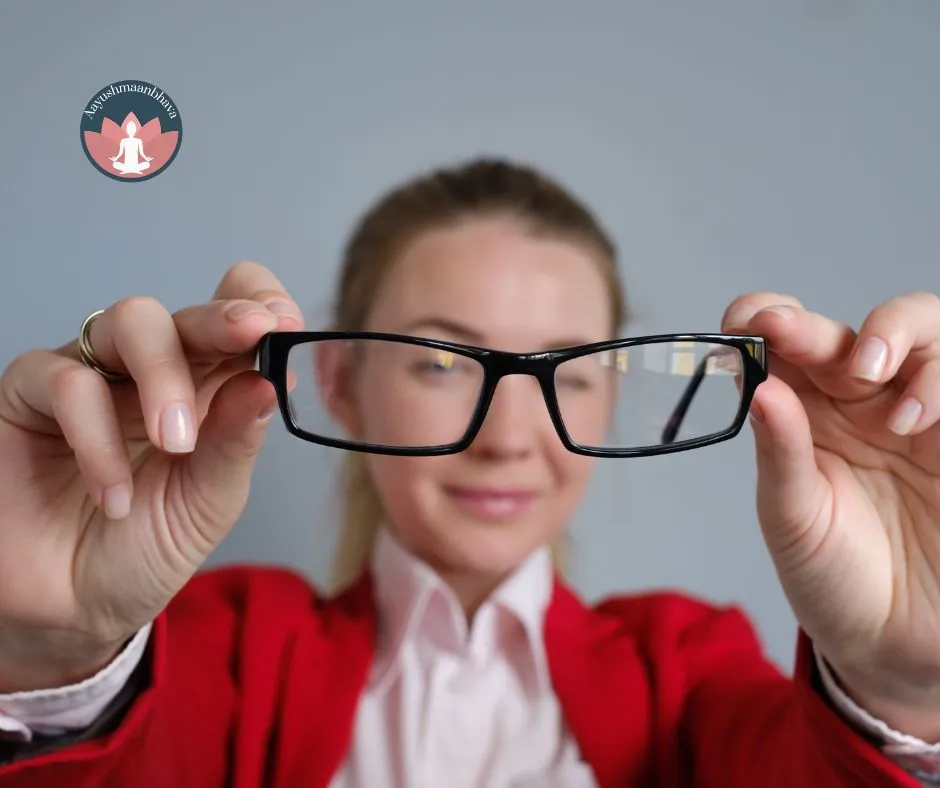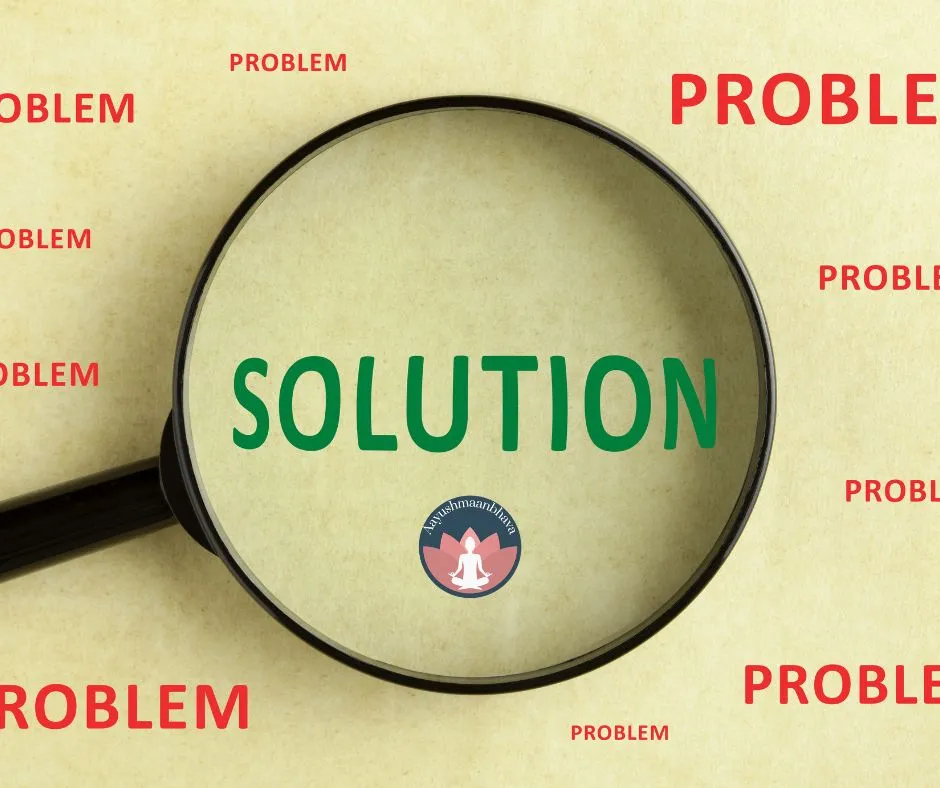Our eyes are one of our most essential and delicate sensory organs, playing a crucial role in how we perceive and interact with the world around us. Unfortunately, eye problems can impact people of all ages and backgrounds, sometimes leading to severe discomfort, inconvenience, or even vision loss. This article provides a comprehensive overview of common eye problems, their symptoms, causes, and the various treatment options available. By understanding and addressing these issues, we can safeguard our vision and maintain good eye health for years.
I. Understanding Eye Problems: Common Issues and Symptoms
A. Eye problems and symptoms

Regarding eye problems, being aware of the symptoms is the first step in seeking appropriate help. Some of the most common symptoms associated with eye problems include:
Blurred vision: Difficulty focusing on objects, both near and far.
Eye pain: Discomfort ranging from mild irritation to severe pain.
Redness: Inflammation or irritation causing the white of the eye to appear red.
Itching: Persistent itchiness in or around the eye, often accompanied by the urge to rub the eye.
B. Common eye problems
Numerous eye problems can affect people at various stages of their lives. Some of the most common include:
Cataracts: A condition characterized by clouding the eye’s natural lens, leading to decreased vision quality. Cataracts are most common in older adults and can be treated with surgery.
Glaucoma is a group of eye disorders that damage the optic nerve, often caused by elevated intraocular pressure. If left untreated, glaucoma can lead to vision loss or even blindness.
Age-related macular degeneration (AMD): A deterioration of the macula, the central part of the retina responsible for sharp, central vision. AMD can lead to vision loss and is a leading cause of blindness in older adults.
Dry eye syndrome: A condition in which the eyes do not produce enough tears or the tears evaporate too quickly, resulting in discomfort, redness, and possible vision problems.
Conjunctivitis: Also known as “pink eye,” this condition is caused by inflammation or infection of the transparent membrane (conjunctiva) covering the eye’s white part and the eyelids’ inner surface.
II. Eye Problems in Children: Recognizing and Addressing Issues Early
A. Eye problems in kids: Common issues
Various eye problems can also affect children, some of which may interfere with their development and learning. Common eye problems in children include:
Amblyopia: Also known as “lazy eye,” amblyopia is a condition where the vision in one eye fails to develop properly during childhood, often due to the eye and brain not working together correctly. Early intervention is crucial for effective treatment.
Strabismus: A misalignment of the eyes in which one or both eyes turn inward, outward, upward, or downward. Strabismus can cause double vision and, if not treated, may lead to amblyopia.
Refractive errors: These include nearsightedness (myopia), farsightedness (hyperopia), and astigmatism, which can cause blurred vision. Refractive errors can be corrected with prescription glasses or contact lenses.
Allergic conjunctivitis: Inflammation of the conjunctiva caused by an allergic reaction, resulting in itching, redness, and tearing.
B. Eye problems symptoms in children

Attention to potential symptoms of eye problems in children is crucial, as early detection and intervention can prevent long-term issues. Some signs to watch for include the following:
Squinting: A child frequently squinting could be a sign of a refractive error or other vision issues.
Excessive eye rubbing: Consistently rubbing the eyes may indicate discomfort or an issue like allergic conjunctivitis or dry eye syndrome.
Sensitivity to light: Children experiencing light sensitivity or photophobia may have an underlying eye problem that needs attention.
Complaints of eye discomfort: Listen to your child’s concerns, and take any complaints about eye discomfort or vision problems seriously.
C. Importance of early detection and treatment
Early Detecting and treating eye problems in children can significantly improve their quality of life and overall development. Regular eye examinations, especially during the critical stages of a child’s growth, can help identify and address potential issues before they become more serious.
III. Causes and Risk Factors of Eye Problems
A variety of factors can contribute to eye problems, including genetic, environmental, age-related, and lifestyle factors:
A. Genetic factors: Certain eye conditions, like glaucoma and retinoblastoma, have been linked to specific genes and may run in families.
B. Environmental factors: Exposure to allergens, pollutants, and ultraviolet (UV) radiation can contribute to the development of eye problems such as dry eye syndrome, allergic conjunctivitis, and cataracts.
C. Age-related factors: As we age, the risk of developing eye problems like cataracts, glaucoma, and AMD increases.
D. Lifestyle factors: Poor diet, lack of physical activity, and excessive screen time can impact eye health, leading to conditions like dry eye syndrome and digital eye strain.
IV. Eye Problem Solutions: Preventative Measures and Treatment Options

A. Preventative measures
Taking steps to prevent eye problems is essential for maintaining good eye health. Some of the preventative measures include:
Regular eye examinations: Routine eye exams can help detect eye problems early, allowing prompt treatment and minimizing potential complications.
Maintaining a healthy diet: A diet rich in fruits, vegetables, and omega-3 fatty acids can promote eye health and reduce the risk of developing certain eye conditions.
Proper eye hygiene: Keeping your eyes clean and avoiding contact with contaminated surfaces can help prevent eye infections.
Wearing sunglasses and protective eyewear: Protecting your eyes from harmful UV rays and potential injuries can reduce the risk of eye problems like cataracts and eye trauma.
B. Treatment options for eye problems
The appropriate treatment for eye problems depends on the specific condition, its severity, and the individual’s needs. Some standard treatment options include:
Prescription glasses and contact lenses: Corrective lenses can improve vision for individuals with refractive errors like nearsightedness, farsightedness, and astigmatism.
Medications and eye drops: Medications, such as eye drops, can provide relief for various eye conditions like dry eye syndrome, glaucoma, and allergic conjunctivitis.
Surgical interventions: Surgical procedures, such as cataract surgery, LASIK, and glaucoma surgery, can help treat specific eye conditions and improve vision.
Assistive devices and vision therapy: Low vision aids and vision therapy can help individuals with vision impairments maximize their remaining vision and improve their quality of life.
V. Conclusion
Awareness of eye problems, their symptoms, and their causes can help you protect your vision and maintain good eye health. Regular eye exams are crucial for early detection and treatment of eye issues, especially for children, as early intervention can make a significant difference. If you suspect eye problems, seek professional advice from an eye care specialist to determine the most appropriate solution. With proper care and attention, we can preserve our vision and enhance our quality of life for years. Taking care of our eyes is crucial for ourselves and future generations, as we can pass on healthy eye care habits and knowledge to our children.
Remember that eye health is an integral part of our overall well-being. We can reduce the risk of developing eye problems by incorporating preventative measures into our daily lives, such as wearing sunglasses, maintaining a balanced diet, and practicing good eye hygiene, we can reduce the risk of developing eye problems.
Never hesitate to consult an eye care professional if you or your child experiences any symptoms or discomfort. Seeking prompt medical attention can make all the difference in addressing eye issues and preventing potential complications.
In summary, understanding the intricacies of eye problems is critical to preserving our vision and ensuring a better quality of life. Stay proactive about your eye health, and help others understand the importance of good eye care practices. Together, we can build a brighter, more transparent future for ourselves and future generations.
Watch Video
